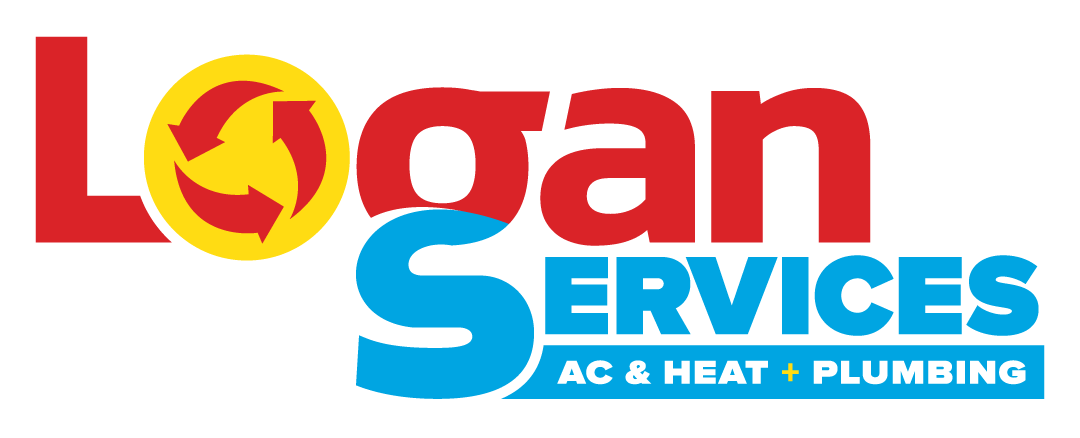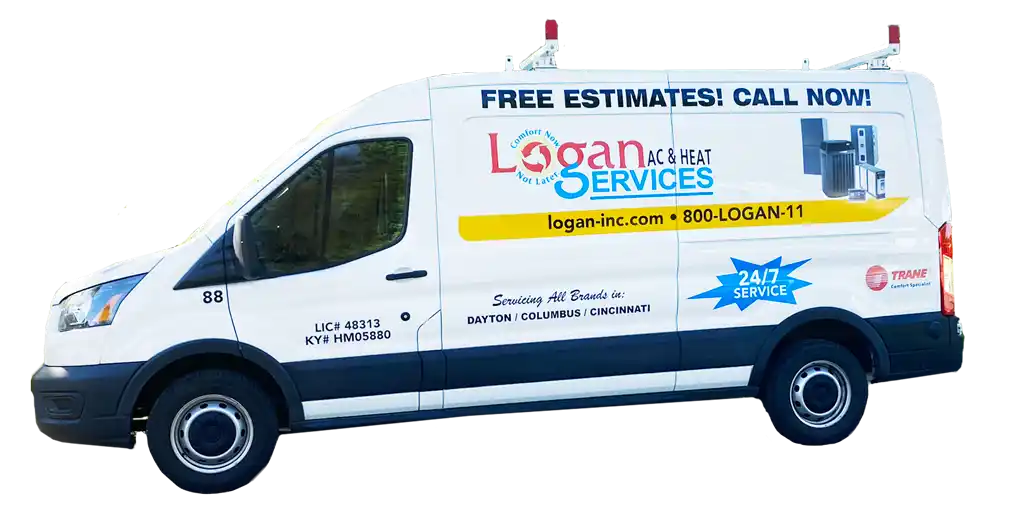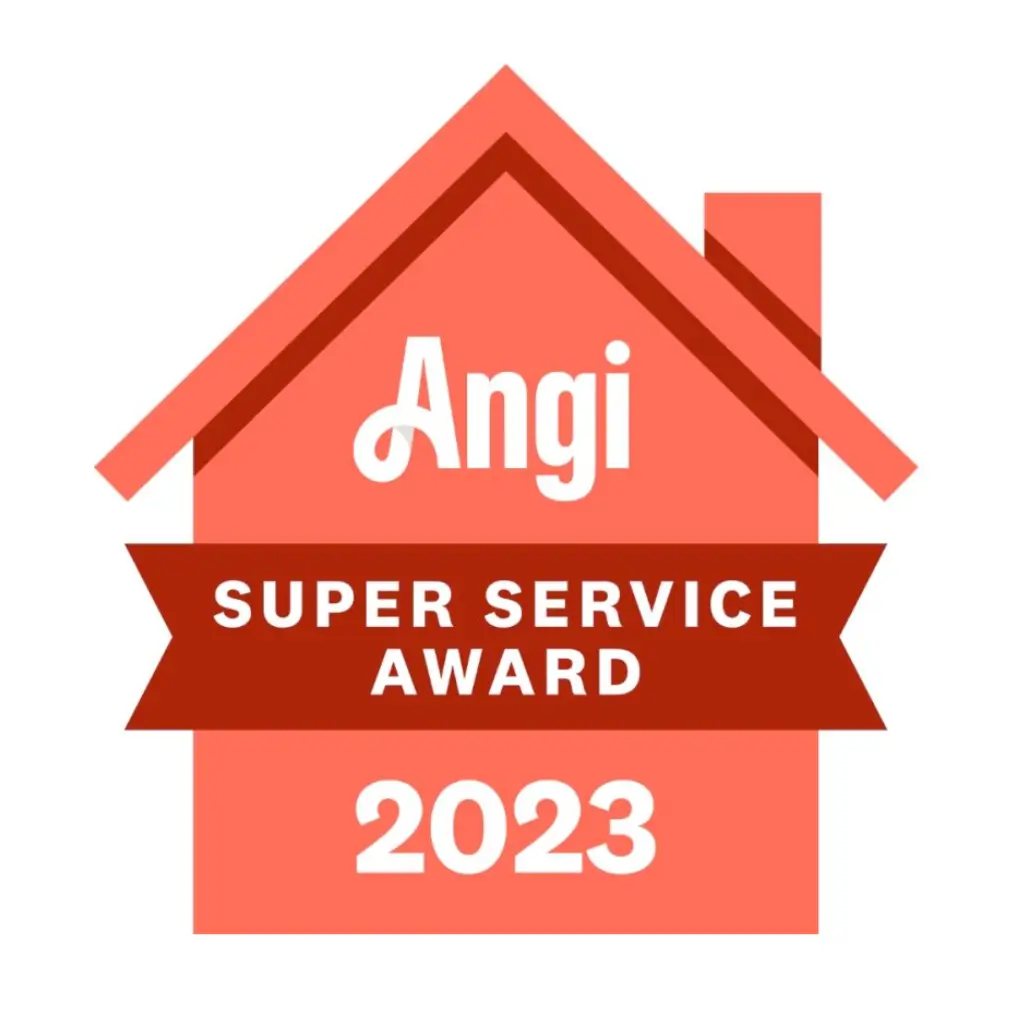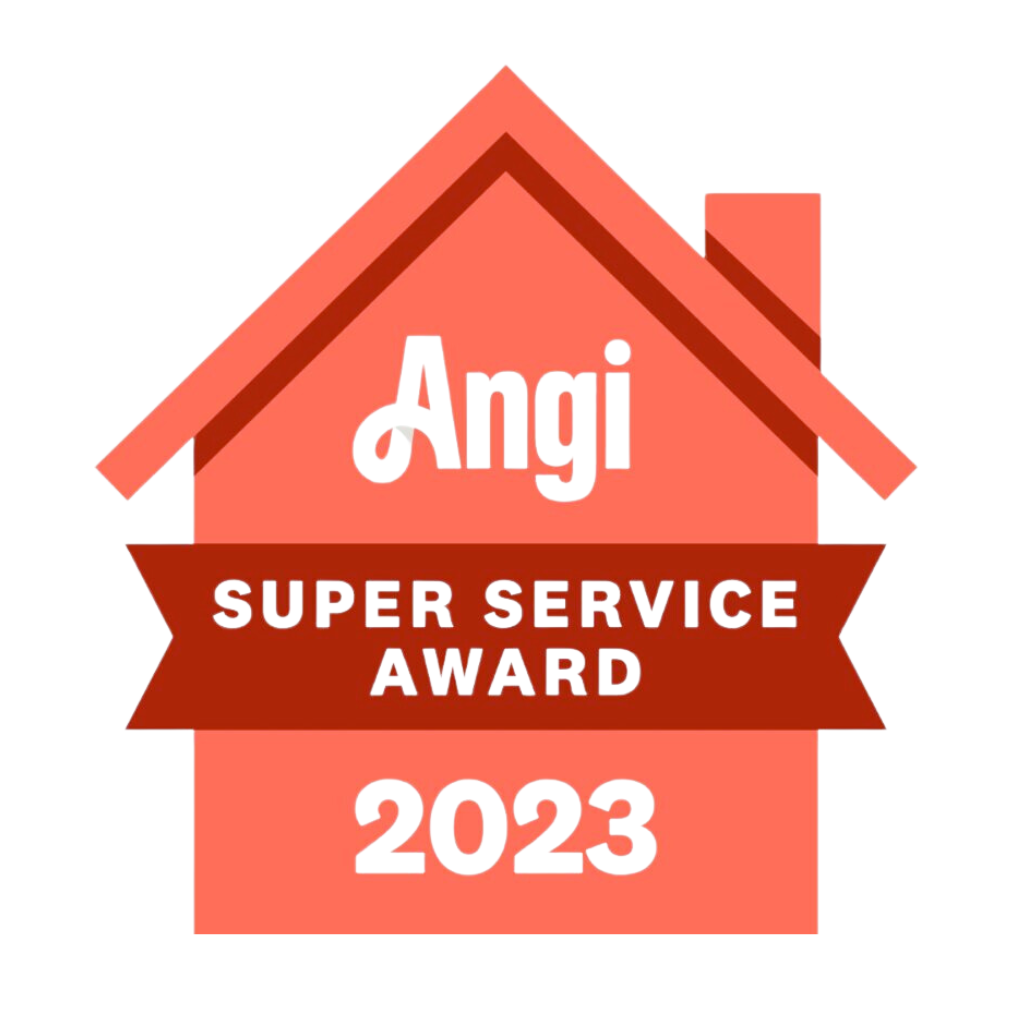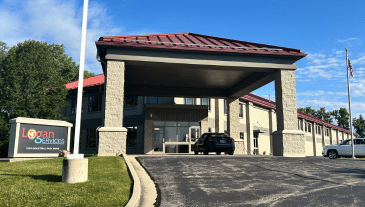The Environmental Protection Agency (EPA) has released new regulations for HVAC refrigerants that will have a significant impact on the industry. These regulations come as a response to protect the environment and ozone depletion. In this article, we will explore the new regulations, their importance, and their impact.
Want the latest information? See our article on the new refrigerants in 2025!
Overview of New EPA HVAC Refrigerant Regulations
The EPA has been actively revising the refrigerant regulations under the Clean Air Act, particularly in the context of hydrofluorocarbon (HFC) refrigerants used in home air conditioners and commercial refrigeration systems. These new EPA refrigerant regulations are said to have been put into place in order to help reduce the usage of high global-warming potential (GWP) refrigerants, emphasizing the adoption of more natural refrigeration solutions that improve energy efficiency and have a potentially lesser environmental impact.
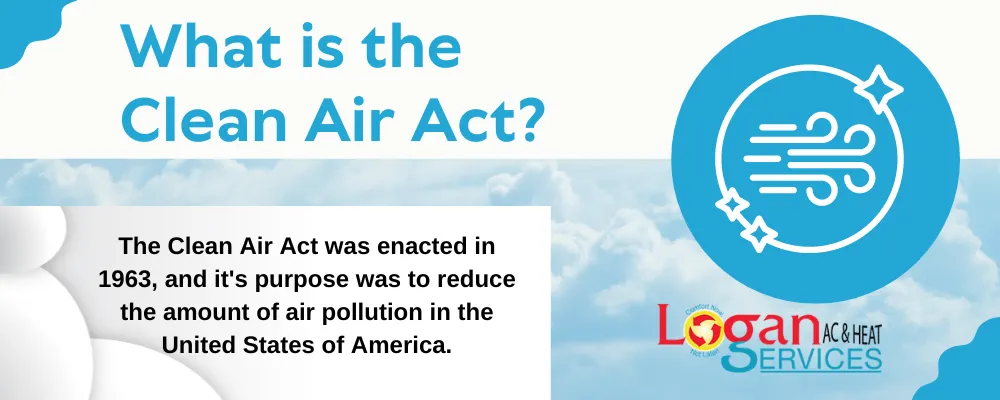
The upcoming EPA rules will significantly affect the production and distribution of air conditioners, HVAC units, hybrid display cases, and other residential and commercial cooling systems.
Recent Developments in EPA HVAC Refrigerant Regulations
The EPA’s most recent regulatory efforts have focused on phasing down the use of high GWP HFC refrigerants, which can harm our environment. Through amendments to the Clean Air Act, the EPA aims to curb the production and use of HFC refrigerants gradually, eventually replacing them with lower GWP refrigerants or natural alternatives.

The EPA has also established limits for new air conditioners and other HVAC equipment manufactured after specific dates. The new rules also introduce certification and training requirements for service technicians, facilitating proper refrigerant management and maintenance of HVAC units.
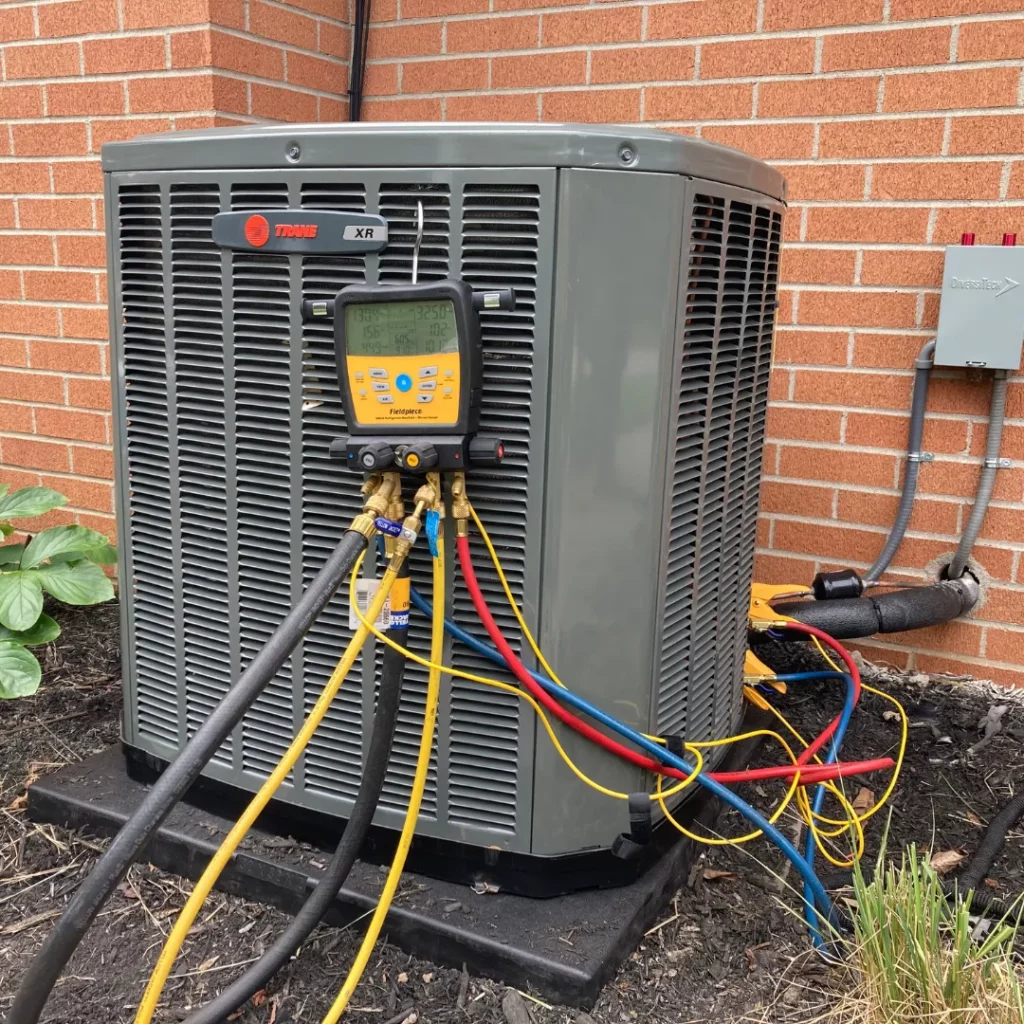
Importance of New Regulations for the HVAC Industry
The HVAC industry is crucial in implementing the new EPA refrigerant regulations. By transitioning to low GWP refrigerants, the industry can reduce the environmental impact of cooling systems significantly. This shift towards greener refrigerants also paves the way for new technology development, energy efficiency improvements, and opportunities for HVAC professionals to be part of a sustainable future.
Key Objectives of the New EPA HVAC Refrigerant Regulations
The primary objectives of the new EPA refrigerant regulations can be summarized as follows:
- To phase down the production, importation, and use of harmful HFC refrigerants gradually.
- To establish GWP limits for new air conditioners, HVAC units, and other refrigeration systems.
- To promote the use of more environmentally-friendly refrigerants and natural refrigeration solutions.
- To enhance certification and training requirements for service technicians involved in refrigerant management.
- To improve maintenance and recordkeeping practices for refrigerant handling, thereby minimizing leaks and emissions.
Key Changes in EPA Section 608 Regulations
The Clean Air Act Section 608 sets forth numerous provisions related to refrigerant management designed to minimize the release of ozone-depleting substances into the environment. As part of the new refrigerant regulations, the EPA has introduced several changes to Section 608, focusing on leak repair provisions, restrictions on sales of refrigerants, and updates in maintenance and recordkeeping requirements.
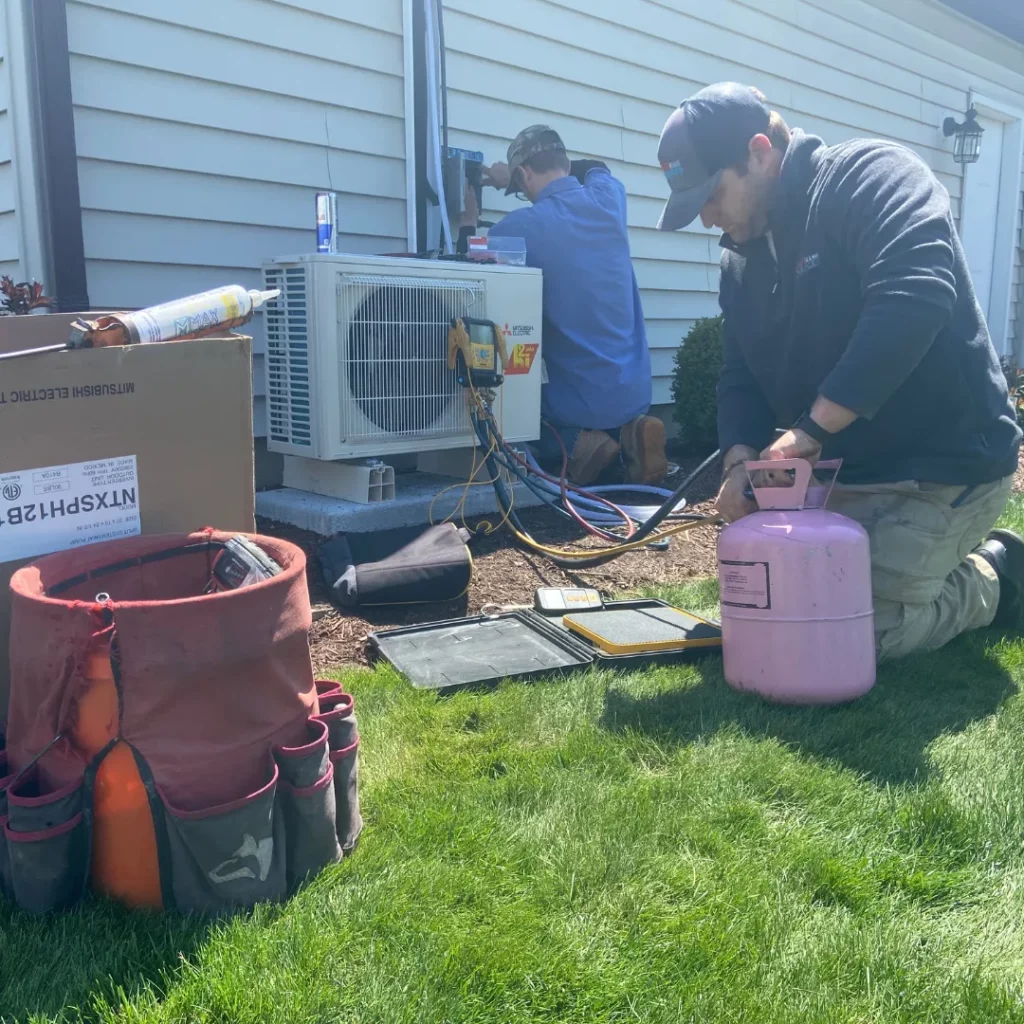
Leak Repair Provisions
The new refrigerant regulations seek to minimize refrigerant leaks in HVAC units and commercial refrigeration systems by setting forth strict leak repair provisions. Under these regulations, owners and operators of refrigeration equipment are required to promptly repair leaks in equipment when the leak rate exceeds a certain threshold, as established by the EPA. The leak repair provisions also mandate using leak detection and repair practices to prevent harmful emissions of environmentally harmful refrigerants.
Restrictions on Sales of HVAC Refrigerants
One of the key changes in EPA Section 608 concerns the restrictions on the sales of refrigerants. These provisions provide that only certified service technicians may purchase or handle refrigerants with a GWP above a specific threshold. This will ensure that only professionals with adequate training in managing and using refrigerants will handle ozone depleting refrigerants, minimizing leaks and emissions.
These provisions also affect the sale and distribution of HVAC units containing harmful refrigerants, like R22. For instance, the EPA has introduced ENERGY STAR certification requirements for new home air conditioners, which set forth limits that must be met by manufacturers seeking to qualify for ENERGY STAR labeling.
Updates in Maintenance and Recordkeeping Requirements
The new refrigerant regulations also impose updated maintenance and recordkeeping requirements to ensure adequate refrigerant management. These provisions require that service technicians recover any refrigerants released during system maintenance and verify that no new leaks have occurred after the repair is complete. In addition, HVAC professionals understand the importance of maintaining detailed logs of refrigerant use, storage, and disposal, ensuring proper tracking of refrigerant inventory and compliance with EPA rules.
HVAC Refrigerant Changes
Another key change under new EPA regulations is the shift from R410A refrigerant to R454B. R410A refrigerant is a hydroflurocarbon (HFC) commonly called Puron. This refrigerant is known to be more harmful to our environment and, therefore, is being replaced by R454B, an environmentally friendly alternative.
R454B works similarly to previous refrigerants with added benefits for homeowners. This refrigerant is more efficient than R410A (and R22) and will help lessen the carbon footprint of HVAC systems. To learn more about this change, click here.

Impacts of New Regulations on HVAC Contractors and Technicians
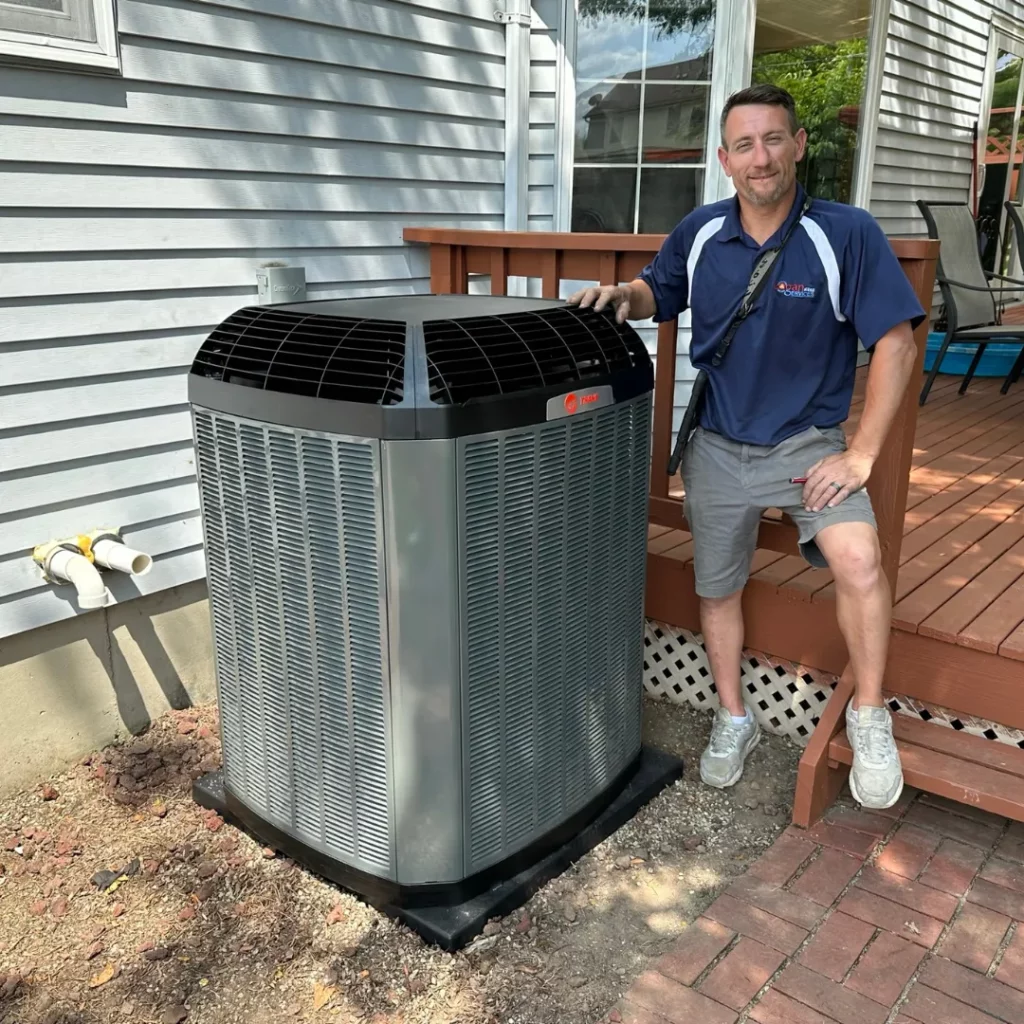
The implementation of new EPA refrigerant regulations will bring significant changes for HVAC contractors and technicians in the United States. These regulations are aimed at reducing the use of refrigerants that pose a threat to our environment, primarily HFC refrigerants, in both home air conditioners and commercial refrigeration systems. As a result, contractors and technicians will need to adapt to the upcoming EPA rules to remain compliant and continue offering effective services to their customers.
One of the primary changes resulting from the new regulations will be a shift towards less harmful refrigerants in home air conditioners and commercial refrigeration systems. This will inevitably impact the availability and pricing of HFC refrigerants, as well as the specific types of refrigerants used in different applications. For instance, new air conditioners and commercial refrigeration systems like hybrid display cases may require refrigerants with a lower GWP than the HFC refrigerants currently in use.
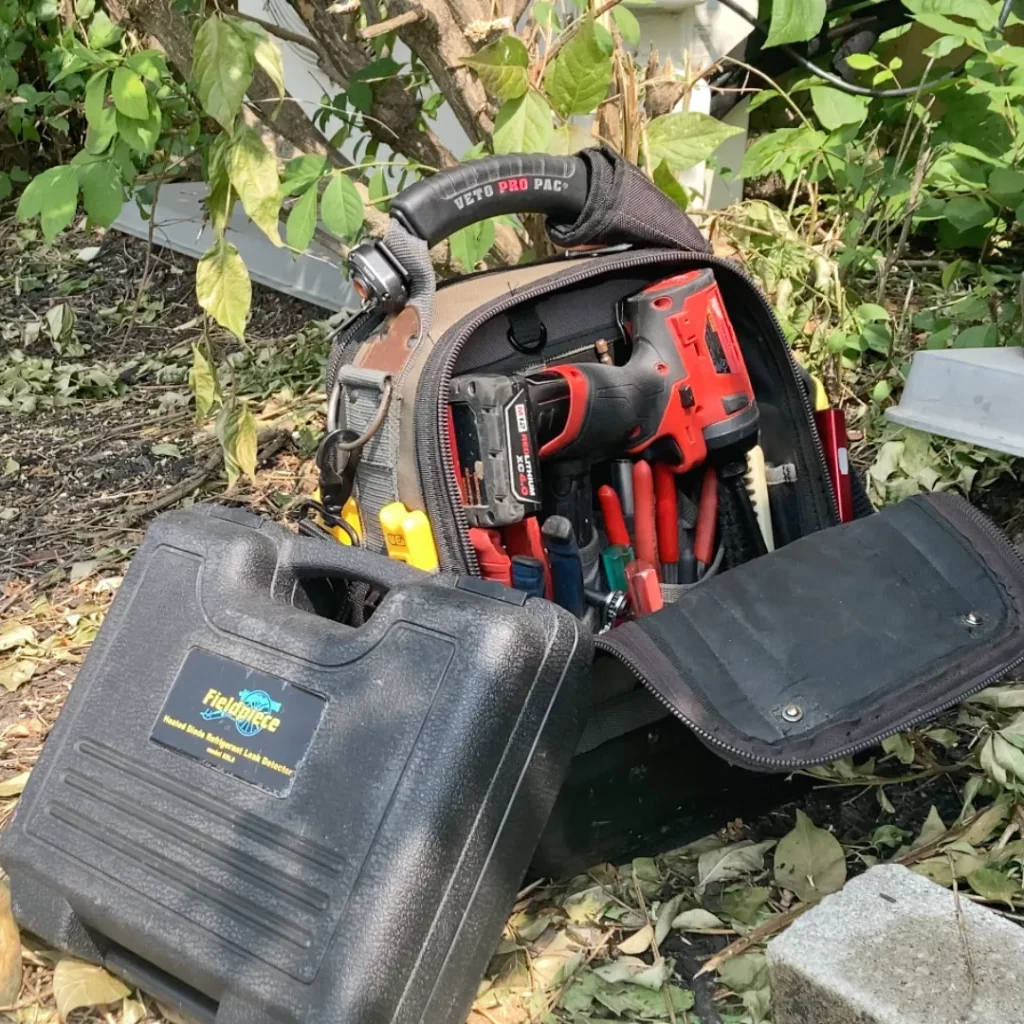
Updated HVAC Tools and Equipment for Leak Detection
The shift towards more environmentally friendly refrigerants will necessitate the use of updated HVAC tools and equipment for leak detection. This is because some of the newer refrigerants have different properties than traditional HFC refrigerants, making it essential for technicians to use the appropriate tools to detect leaks and ensure correct refrigerant levels. For example, more natural refrigerants may require equipment capable of detecting leaks in various environments, such as residential air conditioning systems, large commercial HVAC systems, or industrial refrigeration systems.
Increased Compliance and Enforcement from EPA
With the implementation of the new refrigerant regulations, the EPA is expected to increase its compliance and enforcement efforts. This means that HVAC contractors and technicians can expect more frequent inspections and audits to ensure adherence to the new regulations and proper handling of refrigerants. The EPA may impose strict fines and penalties on businesses found to be non-compliant. Therefore, it is crucial for contractors and technicians to be prepared for these inspections by ensuring that all necessary certifications have been obtained, proper tools and equipment are being used, and that the new regulations are being followed.
Benefits of Compliance with EPA Refrigerant Regulations
Let’s take a look at the key benefits of compliance with EPA refrigerant regulations.
Ensuring Environmental Sustainability
By complying with the new refrigerant regulations and transitioning to more natural refrigerants, HVAC contractors and technicians are actively contributing to environmental sustainability efforts. Using these new refrigerants can significantly reduce the overall impact of HVAC systems on ozone depletion, as they have a lower effects than traditional HFC refrigerants.
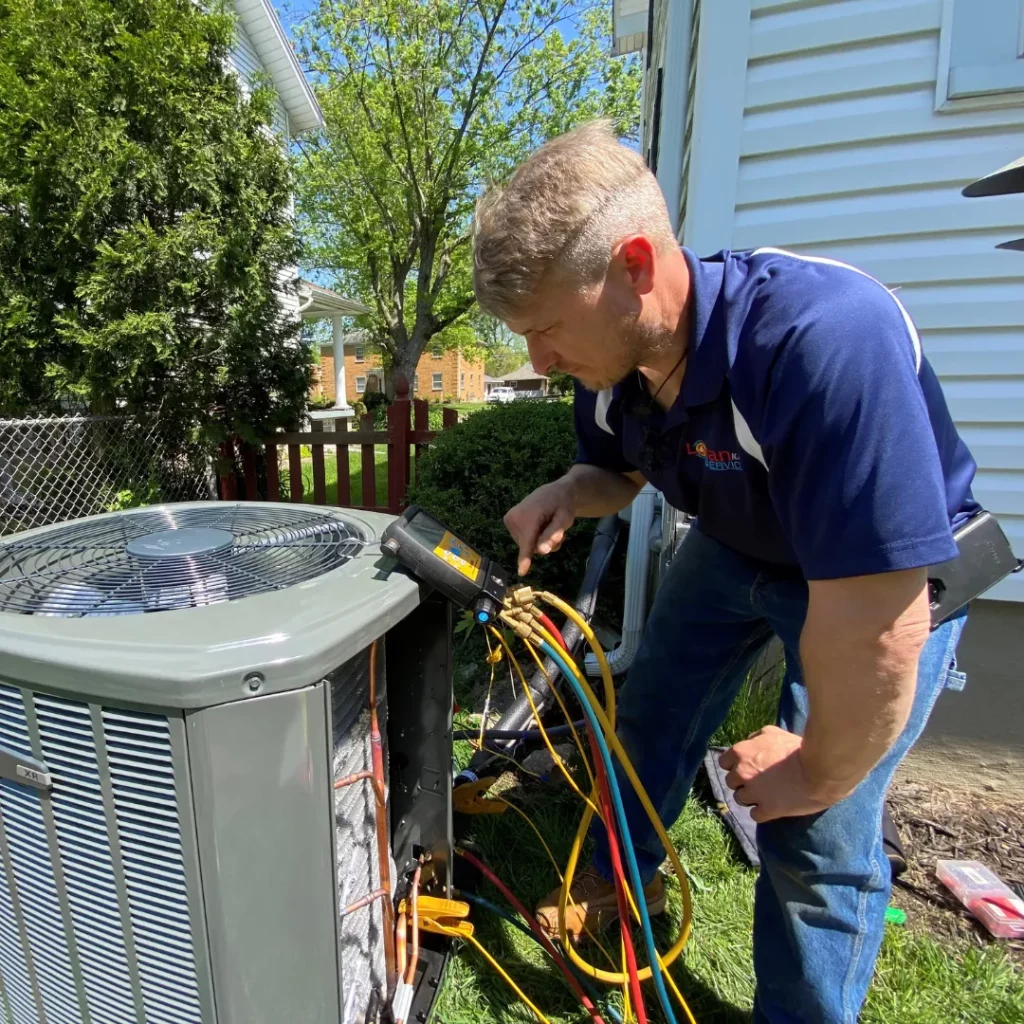
Improved Health and Safety
One of the primary objectives of the new EPA refrigerant regulations is to promote the safe handling, installation, and servicing of HVAC units utilizing refrigerants. The mandatory training and certification requirements will help ensure that HVAC technicians have the necessary skills and knowledge to work safely with these new refrigerants. By using these safer alternatives, HVAC contractors can significantly reduce the risks associated with potential refrigerant leaks, fires, and exposure to toxic chemicals, improving both health and safety conditions for both technicians and consumers.
Long-Term Cost Savings
While transitioning to newer, more natural refrigerants may initially result in higher upfront costs for HVAC contractors and technicians, the long-term cost savings of using these environmentally friendly options should not be underestimated. The reduced environmental impact of these new refrigerants may lead to lower fines, increased energy efficiency, and an improved reputation for HVAC businesses. Additionally, consumers will benefit from reduced operating costs in the form of lower energy bills and potentially lower repair expenses due to the increased durability and reliability of HVAC units utilizing environmentally friendly refrigerants.
About Logan Services A/C, Heat & Plumbing
Logan Services A/C, Heat & Plumbing has served Ohio residents for over 50 years with outstanding HVAC services. Whether you’re looking to upgrade your AC unit to a more sustainable system or need HVAC maintenance performed, we’re the team for the job.
We carry top brands, including Trane, and can install and help maintain your system so you get the best value.
Contact us today for a quote or with any HVAC questions.
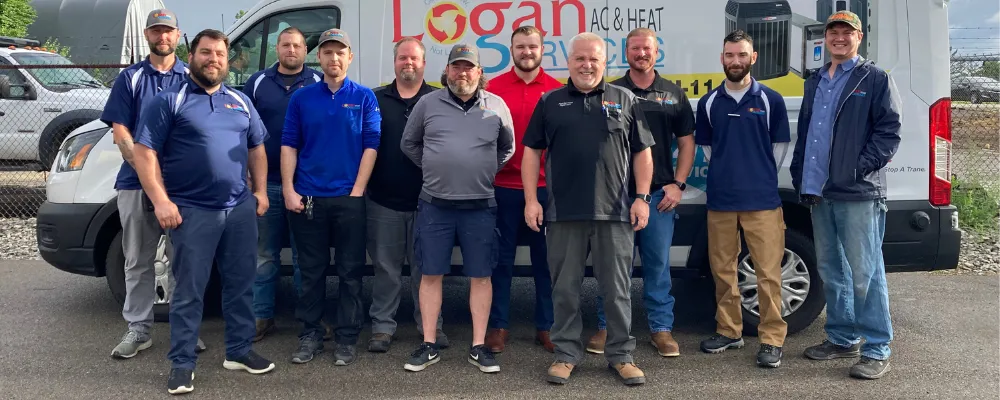
FAQs
What are the new EPA Refrigerant Regulations?
The United States Environmental Protection Agency (EPA) has introduced new refrigerant regulations to reduce greenhouse gas emissions and improve energy efficiency. These regulations target hydrofluorocarbon (HFC) refrigerants, commonly used in air conditioners and commercial refrigeration systems, as part of a global transition to climate-friendly alternatives.
What is the EPA’s role in regulating refrigerants?
The EPA is responsible for implementing federal laws designed to protect the environment. As part of their work, they establish and enforce regulations that govern the production, import, export, and use of refrigerants in the United States.
